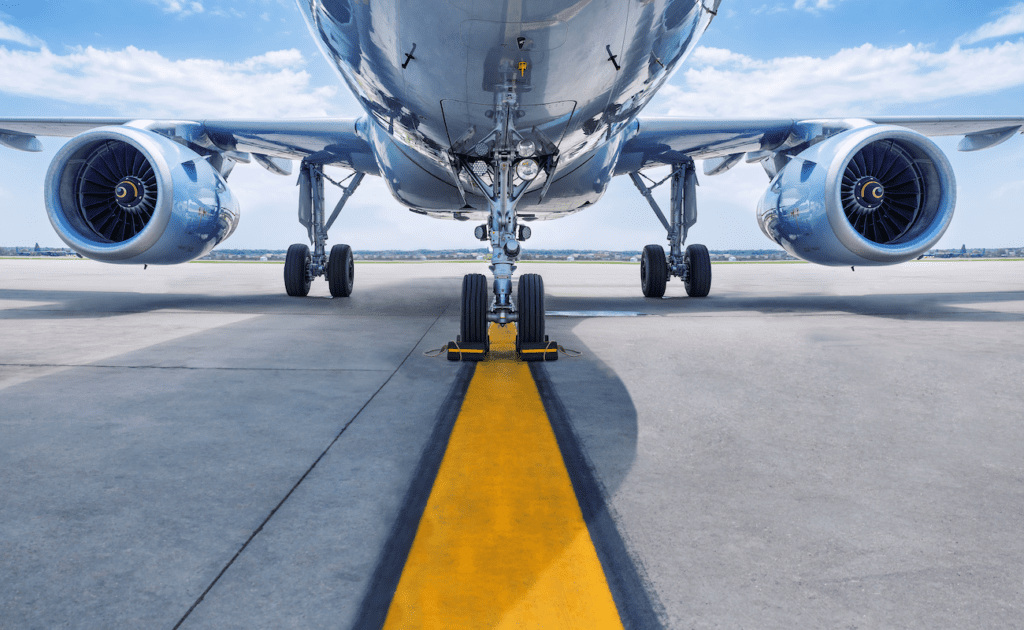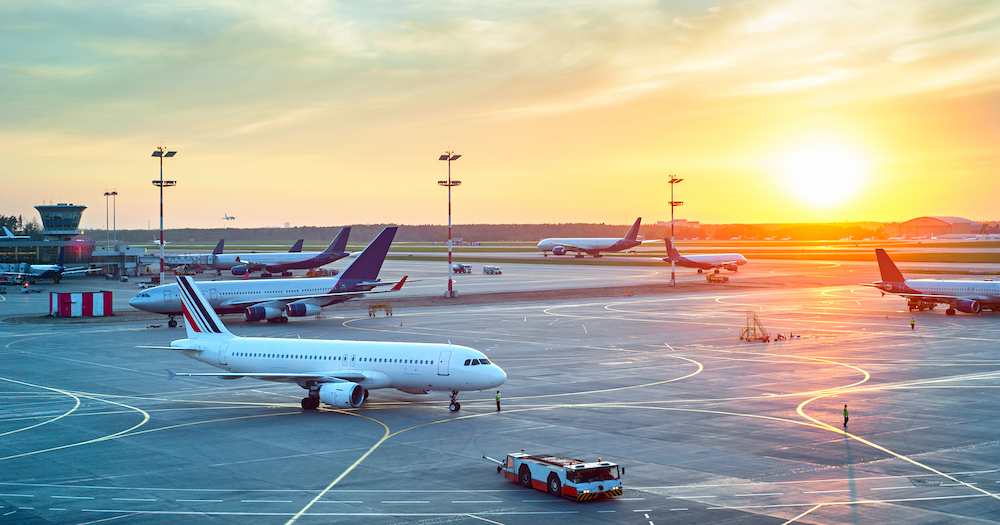Of all the big numbers bandied about in travel, this is probably the biggest – and most important.
Around 44,500 new planes worth some US$2.9 trillion (AU$4.1 trillion) will be needed to service passenger traffic over the next two decades, a major report has found.
According to the new Cirium Fleet Forecast, the massive increase in passenger plane production and delivery will be required to meet surging traveller demand in the coming years.
Published by aviation analytics firm Cirium, the report predicted that Asia-Pacific would need almost twice as many new planes as any other region, accounting for over 40 per cent of new deliveries in the next 20 years.

Unsurprisingly, China is expected to drive growth. Fuelled by the world’s highest annual passenger traffic growth rate of over six per cent, the Asian nation is expected to account for nearly one in five (19 per cent) plane deliveries by 2041.
It is predicted the rest of the Asia-Pacific region will also have a combined share of 22 per cent of new planes.
Elsewhere, North American, European and Middle Eastern carriers will account for 21 per cent, 17 per cent and seven per cent of plane deliveries respectively.
Single-aisle aircraft are expected to drive fleet growth as long-haul travel and the need for twin-aisle jets recover more slowly.
According to Cirium, by the end of November 2022, the single-aisle fleet was within two per cent of 2019 levels, but twin-aisle aircraft numbers were still down by 20 per cent.
Meanwhile, nearly 88 per cent of the current passenger fleet is predicted to retire from passenger service in the next 20 years as airlines switch to newer and more eco-friendly aircraft. This will comprise around 19,000 retirements and 2,500 cargo conversions.
Post-pandemic recovery
At the same time, in encouraging news for air travel and its recovery from Covid-19 shutdowns, passenger traffic (RPKs) is forecast to grow annually by 3.6 per cent over the next two decades.
It is anticipated that aviation activity will return to 2019 levels in October 2023, despite global security concerns (led by the war in Ukraine), lower levels of immediate travel into and out of China, and rising energy costs.
“The global passenger fleet will be required to increase by around 22,000 aircraft to service passenger traffic, which we predict to grow 3.6% annually to reach 47,700 aircraft by the end of 2041,” said Rob Morris, Global Head of Consultancy for Ascend by Cirium, the division of Cirium responsible for the report.
“The new Cirium Fleet Forecast shows a positive long-term outlook for aviation. The industry is undergoing structural changes but remains on course to return to traditional growth paths by 2025.
“These new aircraft will be required to meet demand for air travel, but also to replace less efficient, older-generation types.”
Cirium recently crunched the data to see which airlines and airports came out on top for on-time performance globally in 2022.






